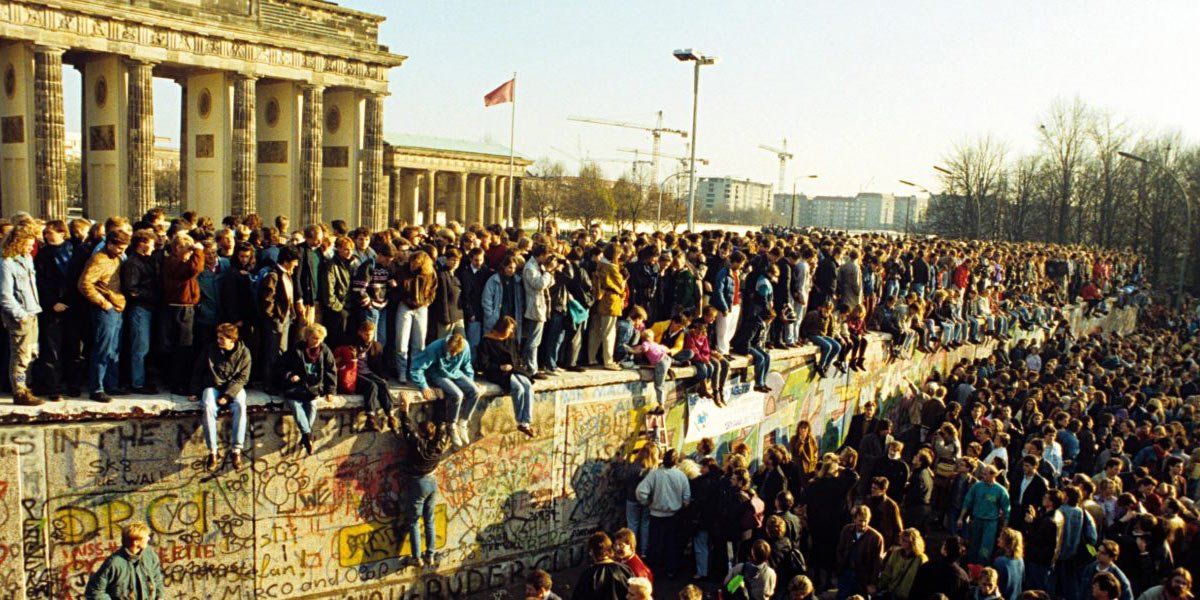
The Fall of the Berlin Wall
During the Cold War, Germany was split into two parts, the Bundesrepublik Deutschland (Federal Republic of Germany), also known as the BRD, and the Deutsche Demokratische Republik (German Democratic Republik),
also known as the DDR. The communist DDR in eastern Germany was ruled by the Soviet Union while the BRD was a democratic nation. In addition, Berlin was split into East Berlin and West Berlin, essentially creating a “geographic loophole” used by thousands of East Germans to flee to the democratic west.
In order to keep this from happening, the East German Authorities built a wall separating the French, British and American Sectors of West Berlin from the Soviet Union Sector in East Germany. Overnight on August 13th, 1961 the East German Authorities built a wall spanning 96 miles and completely encircling West Berlin.
While the Berlin wall was in place, people continued on with their lives but what that daily life looked like differed depending what side of the wall they were on. Whereas West Germans were allowed to travel to East Germany with a visa, Eastern Germans were forbidden from leaving their side of the wall.
In addition, basic human rights such as freedom of speech were guaranteed in the BDR whereas in the DDR officials went as far as secretly placing microphones in people’s apartments to listen to their private conversations and make sure they weren’t planning anything against the East German Authorities. On the other hand, women in Eastern Germany had a more equal place in the workforce than the women in Western Germany. While women in Eastern Germany had had the opportunity to work factory jobs and were guaranteed a childcare spot for their children, women in Western Germany didn’t have many work opportunities and therefore stayed home and took the care of the children while the men were at work.
Since the life in the DDR was challenging, people living in Eastern Germany were looking for ways to escape to Western Germany. There were a lot of ways people tried to sneak their way into Western Germany: through an underground tunnel, in a hot air balloon or in western friends’ cars. This went on for a while, but 28 years after the wall went up the Cold War was starting to fade away in Germany, taking with it the Berlin Wall.
On November 9th, 1989, 28 years ago today Günter Schakowsky, a spokesman for the East Berlin Communist Party, announced at an International Press Conference that the travel restrictions for East Germany would be lifted. When asked when he replied “As of now, immediately!” even though it was originally planned for the following day in order to have a better oversight on exit visas, stamps, and passports. As one can imagine, this caused for a lot of celebration in Berlin. People from both sides started climbing over the wall, chiseling the wall in attempts to break it down and standing on or near the wall singing and cheering as the concrete Iron Curtain that had divided Germany for the past 30 years was being demolished.
About a year later on October 3rd, 1990 the five former German states that made up East Germany rejoined the Federal Republic of Germany. In addition, East and West Berlin reunited and became Germany’s third city-state. That day is known in German history as German Reunification Day and is celebrated on October 3rd every year.
Written by Elena Osiander